Will you help draw the line on destructive industrial fishing? Make a tax deductible donation now.
DONATE NOW
I would like to give:
Your account will be debited today, then every subsequent 4 weeks. Get in touch with us to arrange an alternative date.
In making a donation to Greenpeace Australia Pacific, you will be providing us with your personal information. We may use your information to enable us to process your donation, communicate with you about your donation and inform you about our campaigns. Your information is safe and secure with us – for more information please see our Donor Collection Notice and Privacy Policy.
Your generous tax deductible gift helps fund our campaigns for a better and greener future.
In making a donation to Greenpeace Australia Pacific, you will be providing us with your personal information. We may use your information to enable us to process your donation, communicate with you about your donation and inform you about our campaigns. Your information is safe and secure with us – for more information please see our Donor Collection Notice and Privacy Policy.
You can help protect the Tasman Sea from longlining
Help create one of the world's first global ocean sanctuaries free from destructive industrial fishing.
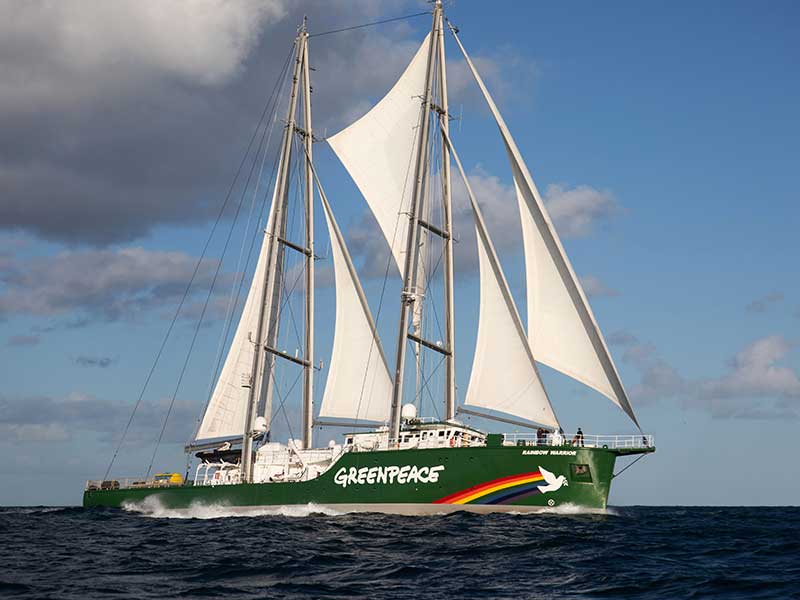
$30
can help power Greenpeace ships like the Rainbow Warrior to bear witness and expose destructive fishing practices.
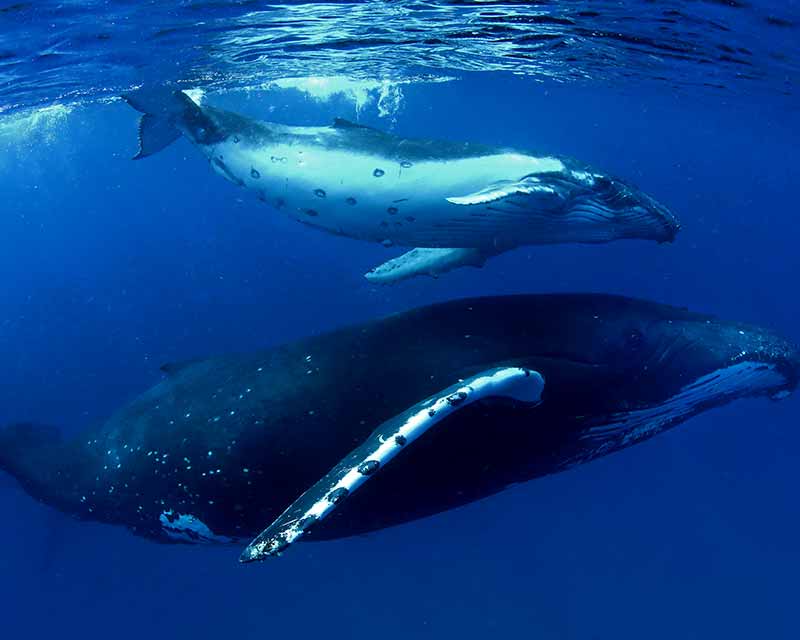
$60
can help mobilise public support for an ocean sanctuary in the Tasman Sea.
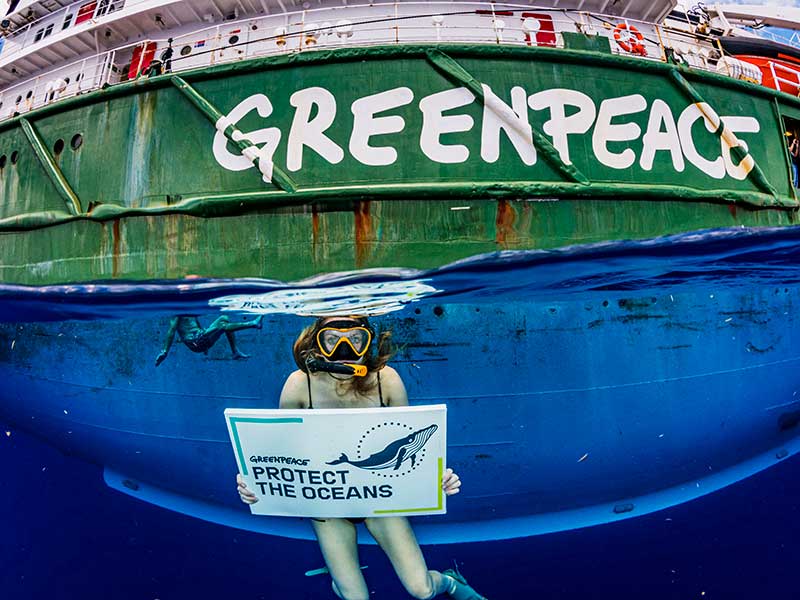
$150
can help pressure the Australian government to bring the UN Global Ocean Treaty into law and create an ocean sanctuary in the Tasman Sea.
We’re racing to the Tasman Sea - before it’s too late
Marine life is being devastated by industrial fishing in the Tasman Sea. That's why the Rainbow Warrior, Greenpeace's iconic ship, is heading there now, to expose the damage.
Industrial fishing vessels from around the world are laying silent traps that stretch over 100 km — each line bristling with thousands of deadly hooks.
These lines are set to catch fish - but they also catch and kill sharks, turtles, seabirds and other animals.
We need to stop this destruction.
An ocean sanctuary in the Tasman Sea could put it off limits to destructive industries and give marine life a safe haven to recover and thrive.
You can help Greenpeace demand urgent action from Australia's new government.
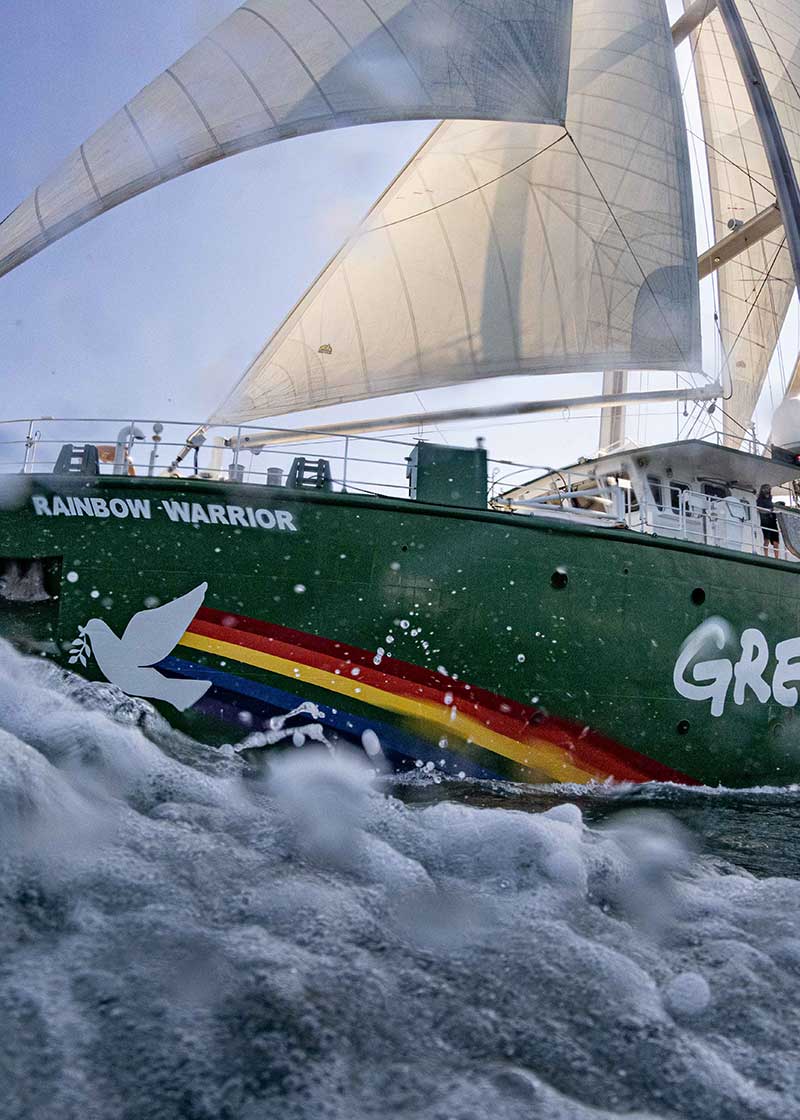
Blue sharks need your help
Sharks are being caught as bycatch and discarded. Tens of millions of sharks are caught every year around the world. Greenpeace is demanding protection through an ocean sanctuary.
We need an ocean sanctuary in the Tasman Sea
We need an ocean sanctuary in the Tasman Sea
The Tasman Sea is more than a stretch of water. It is a living, breathing corridor of marine life. Recognised by the United Nations for its extraordinary biological significance, this region should be one of the first protected areas under the Global Ocean Treaty.
Lord Howe Rise and the South Tasman Sea are home to vulnerable sharks, turtles, whales and dolphins; ancient deep sea corals; colossal underwater mountains; and some of the world’s most important seabird populations.
An ocean sanctuary could mean an end to destructive practices like bottom trawling and longline fishing, creating a haven for a stunning array of marine life to recover and thrive.
The Tasman Sea – what's at risk.
In longline fishing turtles, sharks, dolphins, whales, and seabirds are often caught as bycatch - entangled or hooked.
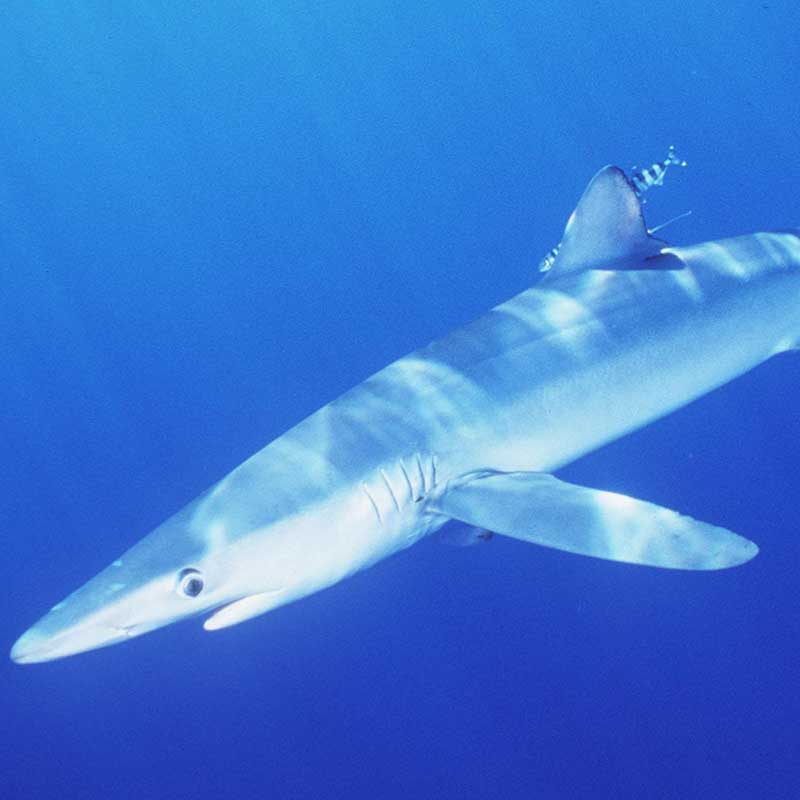
Blue Sharks
Blue sharks are the most heavily fished species in the world and in the Tasman Sea, they are the most commonly caught shark.
Most are caught as bycatch, hanging from longlines in their thousands and hauled on deck only to be unhooked and discarded – some maimed, dead, or dying.

Help make the Global Ocean Treaty law

People like you helped secure the UN Global Ocean Treaty in 2023. This was a historic moment.
But a treaty only has power if governments bring it into law.
We are calling on the new Australian Government to take this crucial step within their first 100 days in power.
This will pave the way for one of the first international ocean sanctuaries in the Tasman Sea.
The clock is ticking.
Will you help push Australia’s new government to seize this once-in-a-generation chance to show real global leadership in ocean protection?

Will you help draw the line on destructive industrial fishing?
Make a tax deductible donation now.



